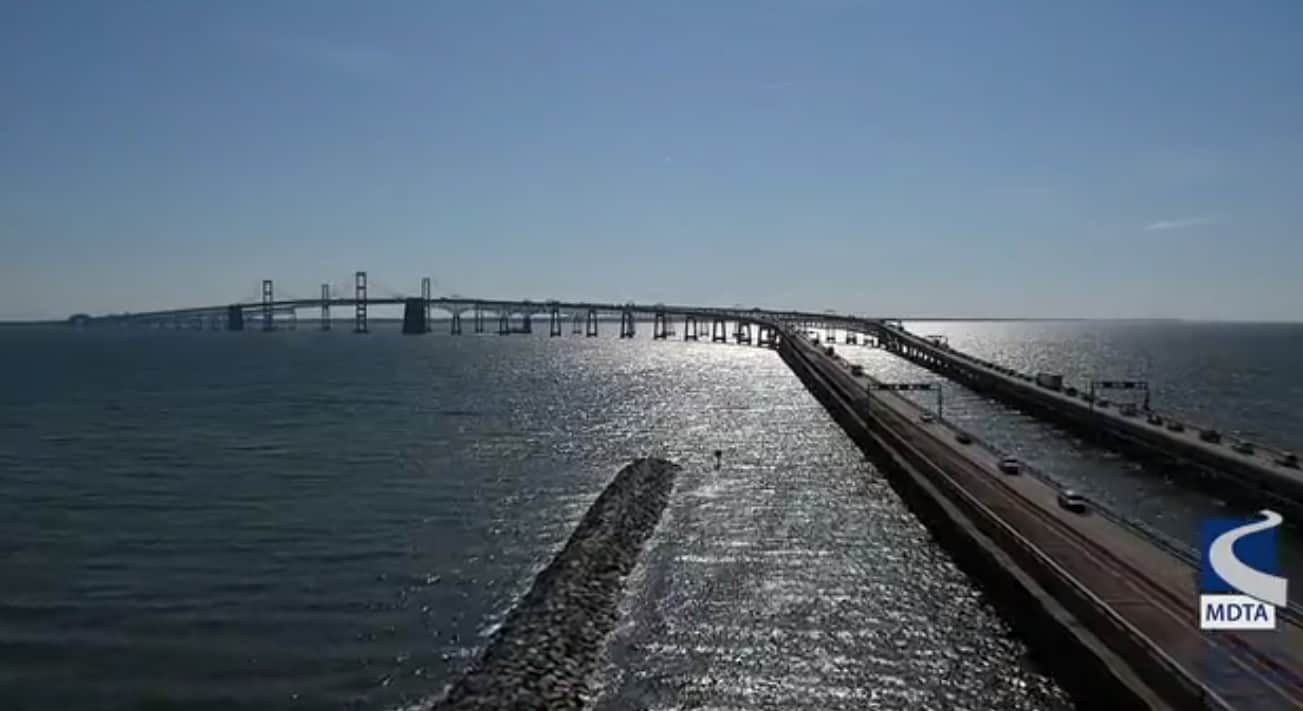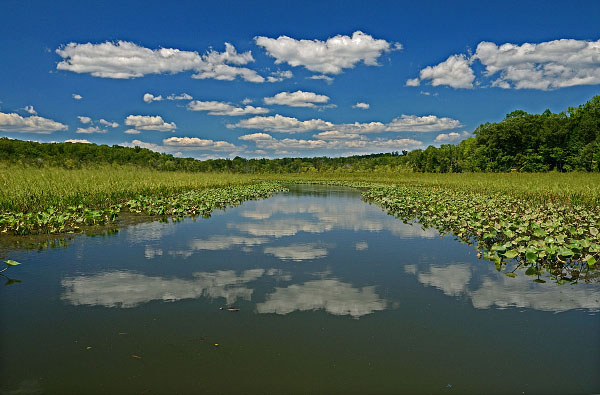The last remaining parcel of Annapolis’s once-famous Black beach resorts is being saved—and turned into a park commemorating its cultural significance in a time of segregation and offering access to all.
Last week representatives from federal, Maryland and Anne Arundel County organizations signed papers turning over a 5-acre Bayfront parcel to the City of Annapolis. Now known as Elktonia Carrs Beach, the land was once part of a larger beach and entertainment venue owned by the Carr family from 1926 to the late 1960s.
The beaches were an important part of Black history, culture, and heritage for Chesapeake Country. Vince Leggett, president of Blacks of the Chesapeake Foundation, has been pushing for the preservation of what remains of the complex for years. “I was brought here for summer vacation and I felt like an explorer going on an adventure trip,” Leggett said.
“Far away from the asphalt, the concrete, the grit and grime of the city. I remember seeing the Chesapeake Bay, smelling the food, seeing the amusement rides and that giant Ferris Wheel… for the Leggett family, these trips to the beaches were reunions, we would all rendezvous on the familiar sands… and just for that day, on those beaches, everybody was somebody important. There were no signs that said ‘Whites Only’ or ‘No Coloreds’. The only sign I remember seeing was ‘Welcome.’”
Elktonia, Sparrow’s and Carr’s Beaches, located off Edgewood Road in Annapolis, were Chesapeake Bay destinations where Black families spent summer beach days and musical nights. During the era of Jim Crow segregation, Black Americans were historically prohibited from visiting the popular beaches along the Chesapeake Bay and the Atlantic seashore. In response, Black Americans created their own spaces where they could congregate and recreate by the water.
Fred Carr purchased 180 acres of waterfront property in 1902, and his enterprising daughters, Florence Sparrow and Elizabeth Carr, later turned the waterfront property into thriving resorts for Black beachgoers.
Carr’s and Sparrow’s Beaches hosted some of the most famous musical performers of the mid-20th century, including Ella Fitzgerald, Chuck Berry, James Brown, Stevie Wonder, Sarah Vaughn, and Duke Ellington as well as numerous local artists. Sunday night concerts were broadcast to radio audiences on WANN/1190 AM with Annapolis DJ Hoppy Adams introducing the performers.
The end of segregation, the expansion of the Chesapeake Bay Bridge, the privatization of the Chesapeake waterfront, and a host of other socioeconomic factors led to the decline of these Black-owned businesses on the Western Shore. In 1971, Anne Arundel County condemned 35.5 acres of Sparrow’s Beach to become the location of the Annapolis Water Reclamation Facility. Much of the remaining land was later sold to a private developer to construct a gated condominium development.
In late 2021, the owners of the property, Bembe Beach Partnership, entered into a contract to sell the remaining property to The Conservation Fund while Mayor Gavin Buckley gathered county, state and federal funds to take an assignment of The Conservation Fund’s contract and purchase the property for $6.45 million.
The state contributed $4.87 million to the purchase. U.S. Sen. Ben Cardin requested an additional $2 million in federal funding provided to the city through the National Park Service to complete planning and design work.
“It was an honor for us to help facilitate the purchase of the last remaining and undeveloped section of the historic Elktonia, Sparrow’s and Carr’s beaches so that the stories that took place here can be shared with visitors to the site for generations to come,” said Bill Crouch of The Conservation Fund. “These beaches share a rich history—one that inspires us to learn and grow as we pursue our more perfect union. This link to our shared past shall forever remain an important part of our community.”
And it sets a precedent for future conservation projects.
“By protecting this beach, we are not only protecting a vital part of the Chesapeake Bay’s history, but we are also charting a new course for conservation in Maryland that is focused on increased public access and cultural preservation,” said Chesapeake Conservancy President Joel Dunn.
Next up, the heritage park planning and design will be performed in partnership with the city and Blacks of the Chesapeake with assistance from the National Park Service Chesapeake Bay Office.
-Kathy Knotts




